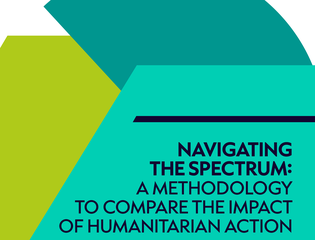Since the publication of the First Edition of Content Analysis: An Introduction to Its Methodology, the textual fabric in which contemporary society functions has undergone a radical transformation - namely, the ongoing information revolution. Two decades ago, content analysis was largely known in journalism and communication research, and, to a lesser extent, in the social and psychological sciences. Today, content analysis has become an efficient alternative to public opinion research - a method of tracking markets, political leanings, and emerging ideas, a way to settle legal disputes, and an approach to explore individual human minds. The Third Edition of Content Analysis remains the definitive sourcebook of the history and core principles of content analysis as well as an essential resource for present and future studies. The book introduces readers to ways of analyzing meaningful matter such as texts, images, voices - that is, data whose physical manifestations are secondary to the meanings that a particular population of people brings to them.
Organized into three parts, the book examines the conceptual and methodological aspects of content analysis and also traces several paths through content analysis protocols. The author has completely revised and updated the Third Edition, integrating new information on computer-aided text analysis and social media. The book also includes a practical guide that incorporates experiences in teaching and how to advise academic and commercial researchers. In addition, Krippendorff clarifies the epistemology and logic of content analysis as well as the methods for achieving its aims.



